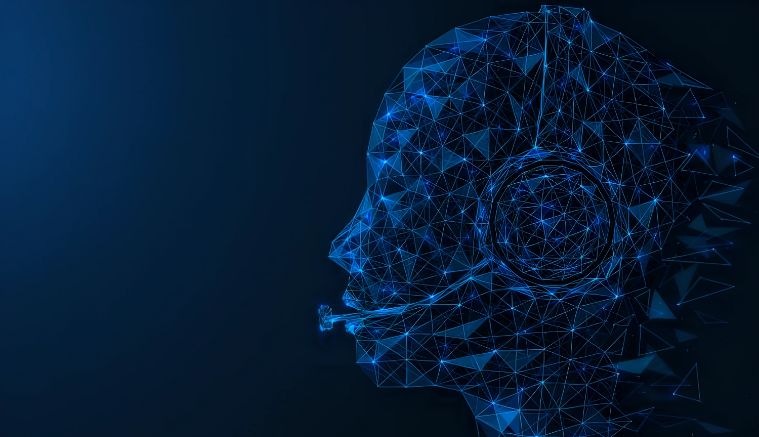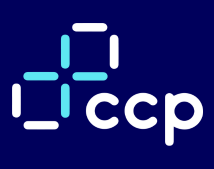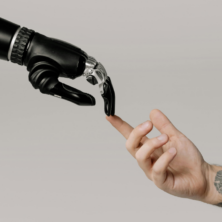
The promise of utilising AI in contact centres is enticing: faster service, lower costs, and increased productivity that pleases the CFO. Initially, the numbers support this claim. Efficiency increases by 30 to 55%, costs decrease, and there is the opportunity to scale without increasing headcount.
However, this success story hides a hidden threat that can quietly undermine every gain made.
It is the paradox at the heart of traditional AI implementations: the more you optimise for productivity, the faster you accelerate burnout.
If you’ve engaged them properly in your AI project, then at first agents will welcome the support. AI can take on routine admin, provide helpful prompts, and cut down on cognitive load, but as performance improves, expectations rise. The business begins to see these AI-powered gains as the new normal.
Over time, this creates a silent squeeze. Agents have less recovery time, more pressure, and fewer moments of meaningful human connection. Stress builds, job satisfaction falls, and staff turnover rises. It is suggested that within 12–24 months, many contact centres could face a reversal of their early gains.
This is the AI productivity half-life—a concept backed by both data and human psychology. Traditional AI shows impressive results in the first year, but by year two burnout sets in, staff turnover increases, training costs rise, CSAT drops and the contact centre enters a cycle of decline.
The numbers paint a sobering picture:
- Training new agents costs £15,000–£25,000 per head
- AI systems degrade when experienced agents leave
- Customer loyalty falls when interactions lose their human touch
Ironically, the very systems designed to enhance performance can end up eroding it, because the human layer was never fully accounted for.
So, what is the alternative?
The better agentic AI solutions that we are now seeing take a fundamentally different approach. It’s not about replacing humans, it’s about augmenting them in sustainable, psychologically informed ways.
The AI agents don’t just answer questions; they complete tasks, make decisions, and manage workflows. They take pressure off humans without cutting them out.
And the results?
- Better job satisfaction
- Longer-lasting productivity
- Reduced turnover
- Stronger customer outcomes
More importantly, these systems are designed with long-term ROI in mind, not just how efficient your contact centre is today but how sustainable it will be two or three years from now.
How to Mitigate the AI Burnout Trap
- Develop an agentic AI that reduces workload without diminishing human agency.
- Shift KPIs beyond AHT to include FCR, CSAT, and engagement scores.
- Implement phased rollouts to monitor human impact before scaling.
- Prioritise agent training and involvement in AI design and deployment.
- Track agent wellbeing alongside operational performance.
- Combine automation with empowerment, ensuring humans retain control over complex and meaningful tasks.
- Regularly audit AI value, evaluating cost, sustainability, and satisfaction.




